This Epic Flash Dances in the Rain: Canon Speedlite EL-1 Review
We’re streaming daily on Apple Podcasts, Google Podcasts, Stitcher, Pocket Casts, and Spotify! You can also listen to it right here on The Phoblographer.
Hot shoe flashes offer the flexibility of both on and off-camera use. But, hot-shoe flashes tend to have more limited power and settings than strobes. Canon’s new flagship flash, however, is powerful enough to use with a 200mm zoom lens. Despite the power, the Canon Speedlite EL-1 can add just a touch of light with the ability to go all the way down to 1/8192 power. And, with weather-sealing, versatile power isn’t the only way Canon is trying to set itself apart.
The Canon Speedlite EL-1, however, lists at a hefty $1,099. Are the versatility and weather-sealing worth such a big price tag? I spent several days working with the El-1 for portraits, fill flash, and creative flash effects to see how Canon’s flagship holds up.
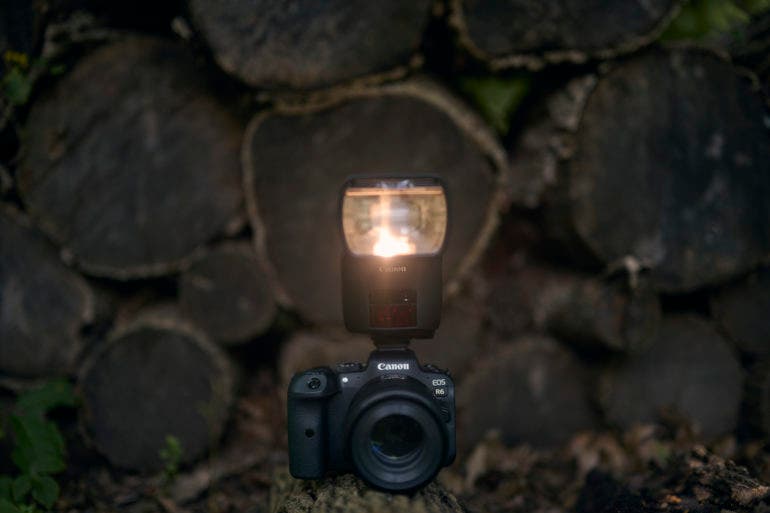
Too Long, Didn’t Read.
The Canon Speedlite EL-1 is as close to a strobe as a hot shoe flash from a major camera manufacturer gets. It’s powerful, with versatile settings. And, it’s weather-sealed. But, it’s also big and pricey enough that, if you don’t want on-camera flash, you could get a strobe for that much.
Pros and Cons
Pros
- Versatile settings from 1/1 down to 1/8192, or 1/128 with high speed sync
- Weather-resistant
- Simple interface and joystick controls
- Powerful enough to make a cloudy day look light night
- Wireless built-in, with second flash acting as a reciever in slave mode. There’s radio and optical transmission in here.
- Built-in cooling system with a fan, and .9 second recycle time
Cons
- Expensive
- Oversized
- No touchscreen, despite easy interface
Gear Used
I used the EL-1 with the Canon EOS R6, the 24-240mm lens, the 50mm f1.8 lens, and the 85mm f2 Macro RF lenses. While you can trigger one El-1 flash with another El-1 flash or a Canon radio transmitter, I only had the single speedlite to test. I remotely triggered the flash with a Phottix Stratos II receiver and transmitter instead. I diffused the flash with a white parabolic shoot-through umbrella in a few shots.
Innovations
The Canon Speedlite EL-1 uses a new Xenon flash tube. While other flashes can get a similar output at full power, the EL-1 can shoot down to 1/8192 power, where most flashes stop at 1/128 or 1/256. That allows the light to better blend with the ambient light in dim scenes, as well as creating a more seamless look when using as a fill flash. We haven’t tested a flash with that 14-stop range before. The weather-sealing on the EL-1 is also not easy to find, though the Speedlite 600EX II-RT has the same level of weather sealing.
Tech Specs
Canon USA lists these specifications for the Speedlite EL-1, shortened here:
- Compatible cameras: E-TTL II/E-TTL autoflash
- Flash coverage: 24-200mm auto and manual, 14mm in wide panel manual (not compatible with EF 15mm f/2.8 Fisheye or EF 8-15mm f4 L Fisheye USM)
- Guide number: 196
- Maximum energy: 76Ws
- Flash exposure compensation: +-3 stops, in 1/3 or 1/2 stop increments
- FEB: +-3 stops, in 1/3 or 1/2 increments, automatically deactivated after three shots
- FE Lock supported
- Number of flashes: 335-2,345 flashes with fully charged battery pack
- Recharge time: .1 sec on minimum power, .9 seconds on max power with included battery
- AF Assist beam: Supported with compatible AF Systems: TTL second image formation phase difference AF supporting 1-191 AF points
- Modeling lamp included
- Wireless supported, secondary unit serves as sender. Up to 5 groups, Channel 1-15, 98.4 foot transmission range, connect up to 15 flashes
- Manual flash ratio setting 1/8192 to 1/1, minimum of 1/128 for high-speed sync
- Battery pack LP-EL (AA/LR6 Alkaline and Ni-MH not compatible), external power supported, including CP-E4N battery pack
- Water-resistant performance to EOS-1D series
- Dimensions: Approx. 3.32 x 5.87 x 5.37
- Weight: 20.18 oz body only, 24.23 oz body and battery
Ergonomics
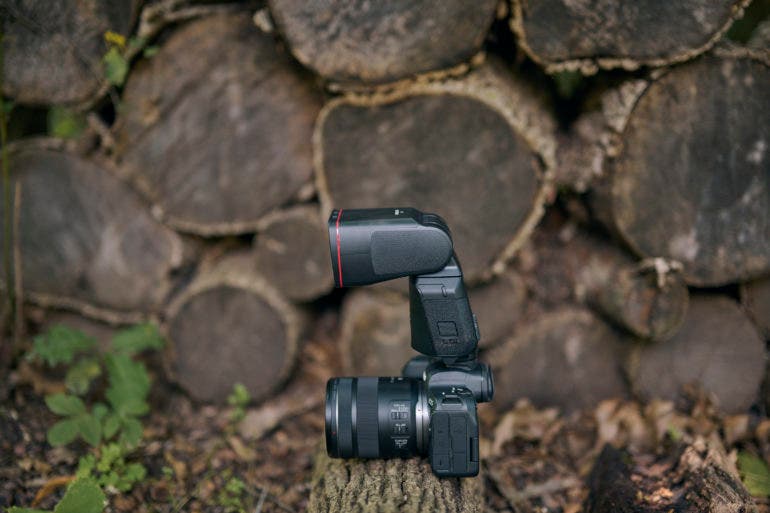
The Canon Speedlite El-1 is a beast of a hot shoe flash. The flash head surface is about twice the size of my Nikon Speedlite SB-700. While larger light is softer light, that extra surface area is still too small to make a difference, but too large to fit in some modifiers. It wouldn’t fit in the S mount bracket for my Godox softbox. Stretching the MagMod ring over the flash was more successful, but still a major pain. If you already own modifiers, you may need to upgrade to fit on this flash.

The surface spitting out that light is roughly 3.25 inches wide by 2.5 inches tall. With the flash completely unfolded (i.e. pointed up at the ceiling), the entire flash unit is just under nine inches long. It’s going to take up more space in a camera bag than the Speedlite 600 EX II-RT. The added size, of course, also increases the weight. It weighs almost 25 ounces with the battery, roughly 20 ounces without. It makes the R6 — large by mirrorless camera standards — look diminutive.

The flash head spins all the way around by pinching one button on the side. The head can tilt 45, 60, 75, or 90 degrees. The head includes both a pullout wide panel and a bounce card built-in. Below that, the front has that typical red plastic window for the AF assist beam. At the side, the flash accepts a rechargeable battery or Canon’s external battery pack. The battery fits in the same charger for the EOS R6 and similar cameras. But, the battery is longer than the one that plugs into the camera, so you can’t use the camera and flash batteries interchangeably. There’s no option to convert to AAs.
“It makes the R6 — large by mirrorless camera standards — look diminutive.”

The rear is dominated by a screen and a set of navigational controls. Chief among these is a joystick at the center. Much like the AF joysticks on camera bodies, the joystick is easier to adjust the settings with than the more traditional set of arrow keys. Pressing the center of the joystick activates the menu, while you can choose from the different controls by nudging the joystick over. If the menu is not activated, nudging the joystick in one direction serves as a shortcut for zoom, flash compensation, mode, and wireless. The joystick is surrounded by a dial that spins nicely.

To the left of the joystick and dial, the flash has sub-menu, back, and lamp buttons. The latter activates the modeling lamp. On the opposite side rests the on/off switch, which also has a lock position.
Build Quality

I knew the Speedlite EL-1 was weather-sealed just by looking at the flash. The hot shoe has a rubber seal that helps keep water off the metal contacts. Canon says that the weather-sealing on the flash is similar to the EOS-1D series. I shot with the light in a brief rain and didn’t have any issues with it.

The heavy, large build lends a more durable feel. It’s made of plastic, but it feels a bit nicer than other flashes, including some textured detail at the sides.
Ease of Use

I’m most intimately familiar with Nikon’s system, including the flashes. But, the EL-1 was surprisingly easy for me to jump into. Except for checking out the wireless capabilities, I didn’t need to dig into the user manual. Using the joystick, I clicked around the different options on the screen and I was able to find all the settings that I needed fairly quickly. The flash can be used in a variety of ways:
- As a sender (traditionally called master) in both radio and optical
- As a receiver (traditionally called slave) in both optical and radio
- As an individual receiver in optical

The LCD screen is well organized. Tapping on the center of the joystick opens that option to adjust the settings, such as the flash mode or power. It would be faster to just adjust the flash power with a twist of the dial instead of selecting everything first, however. That’s my most frequently used setting on a flash and I would prefer to have faster adjustments.
At $1,099, it’s not a beginner’s flash. But, if you’ve used a flash before, odds are that the transition to the EL-1 will be quite seamless. The only real annoyance, besides having to click too many times to access flash power, was that the flash went to sleep too quickly. I was using the Phottix transmitter at the time, so I can’t say if using another EL-1 as a trigger would remotely wake up the off-camera flash. But, if I don’t shoot anything for a few minutes, I had to go push a button on the flash to wake it up.
Indeed, a touchscreen could’ve solved these issues.
Image Quality
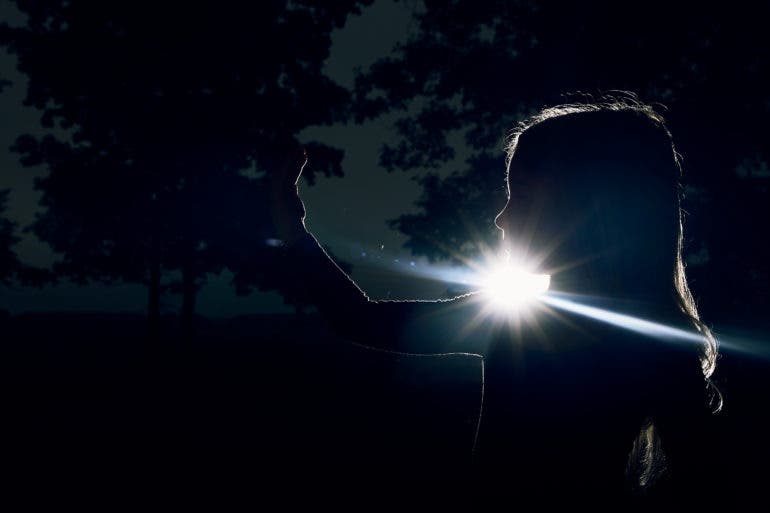
The image quality coming from a flash is typically going to depend more on how you use it than anything unique to the flash itself. But, the El-1 has a laundry list of features that allows you to use the flash in more ways.
I was able to get light that allowed me to shoot at f1.8 by shooting at 1/256th power — and I could have reduced the power of the light even more. At the same time, I was able to overpower ambient light outdoors on a cloudy day, making the flash appear as the sole source of light. With the right settings and an overcast sky, the flash can make the day look like night. I could shoot high-speed sync and shoot with my lenses wide open. I used rear curtain sync to create blur trails with still-sharp subjects.
“Of course, the flash raises a question — do you ever even need 1/8192 power for anything”
Of course, the flash raises a question — do you ever even need 1/8192 power for anything? I tend to use flash to balance with the ambient light more often than I try to overpower it. I tend to use the lowest settings more often than the highest settings. There’s been a few times where I wished my flash could hit 1/256 when I wanted to shoot wide open but couldn’t lower my ISO or increase the shutter speed any further. Still, I didn’t need to take the EL-1 beyond 1/512.
With HSS, I could shoot wide open with the EL-1 at 1/128 power and a faster shutter instead of a lower power flash. (HSS cannot be used below 1/128.) Still, high-speed sync has limitations. HSS uses pulses that reduce the power of the light and drains the battery faster. The first, of course, isn’t an issue if you don’t want full power light anyways. You’ll get faster recycling and more battery life if you use a lower flash power rather than HSS. Essentially the EL-1’s versatility allows photographers to shoot without HSS in some situations that would have otherwise required it. In some cases, the El-1 allows photographers to use the lower flash power in order to shoot without HSS. In others, you’ll get the ability to add just a tiny bit of light. But, I feel that the 1/256 and 1/512 are going to be used more often than 1/8195.


The flash, overall, felt pretty powerful. I did have a hard time telling whether or not the flash fired at 200mm on a sunny day. That’s with the 200mm shot still looking like a wide-angle shot for a very distant subject. That was pretty expected. The two photos above were shot at 35mm for a ride that went pretty far up in the air. You can see the rear curtain sync in the second shot. Those legs dangling from the ride are much sharper and brighter. Yet, the slow shutter speed still allowed for some blur before the flash fired at the end of the shot.
There’s a lot of creative potential here. There wasn’t anything I wanted to do with the flash that I couldn’t — except I wanted more of them for off-camera work. You’ll get more power with a strobe and, with some options, a better recycling time. The EL-1 flash recycles in under a second, even at full power. That’s not enough to light a burst of action sequences, but it’s enough that you’re not waiting too long for portraits and the like. You can improve the speed a bit with Canon’s external power pack. For a light that can shoot both on and off camera, the El-1 is very flexible.
Extra Image Samples
From day one, the Phoblographer has been huge on transparency with our audience. Nothing from this review is sponsored. Further, lots of folks will post reviews and show lots of editing in the photos. The problem then becomes that anyone and everyone can do the same thing. You’re not showing what the lens can do. So we have a whole section in our Extra Image Samples area to show off edited and unedited photos. From this, you can make a decision for yourself.
Edited
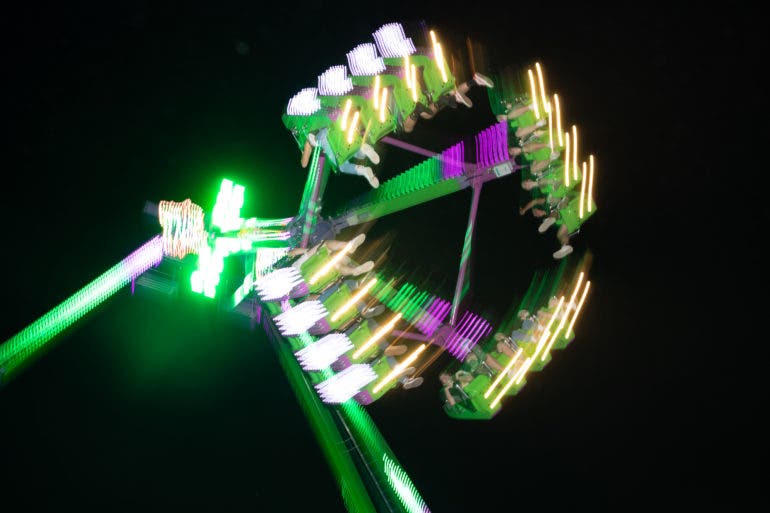



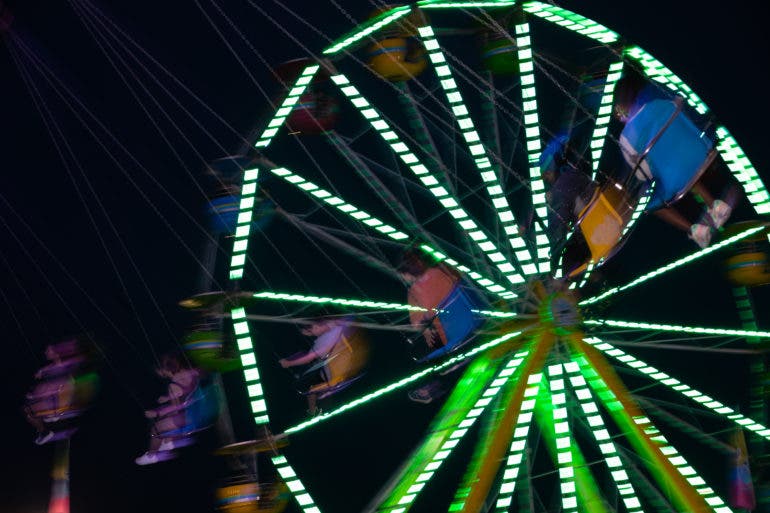



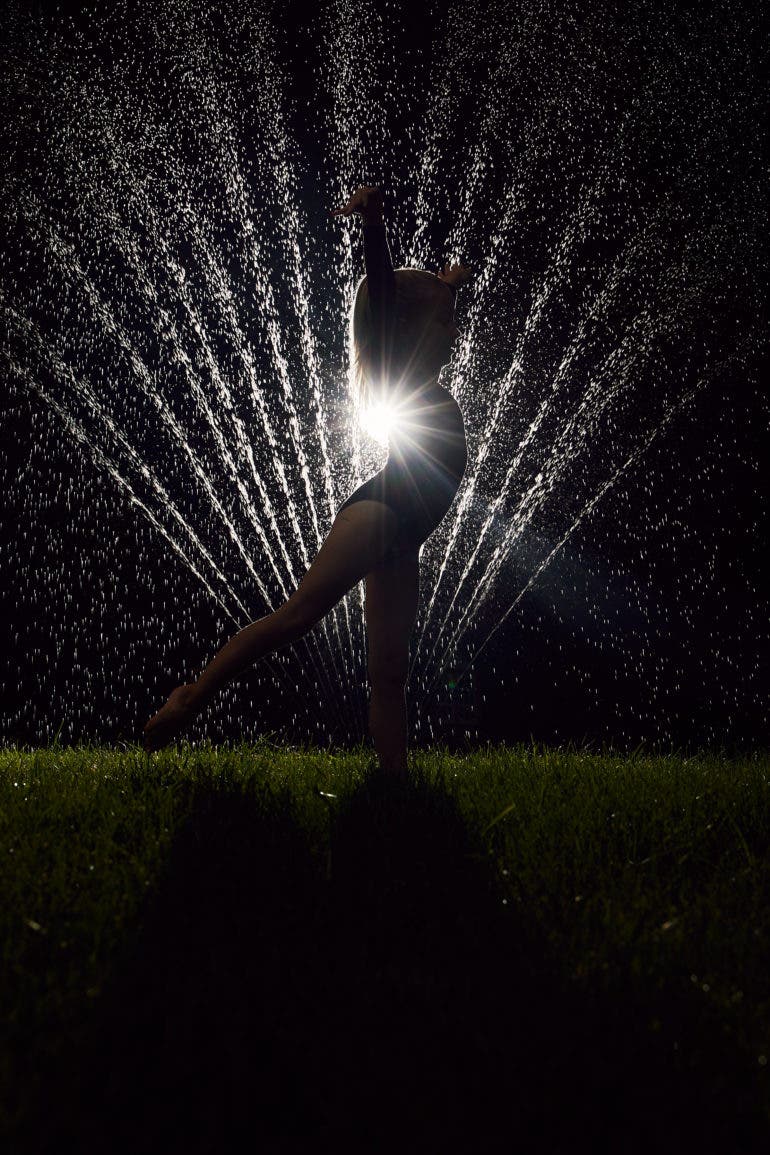



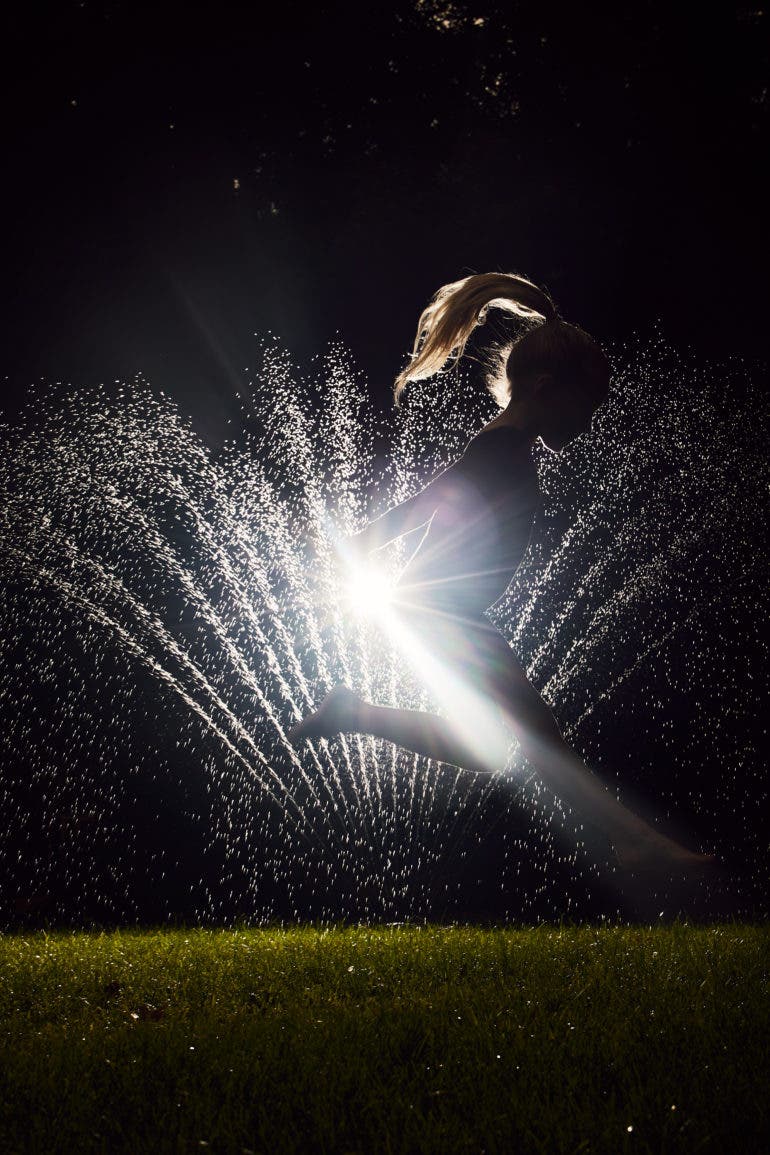


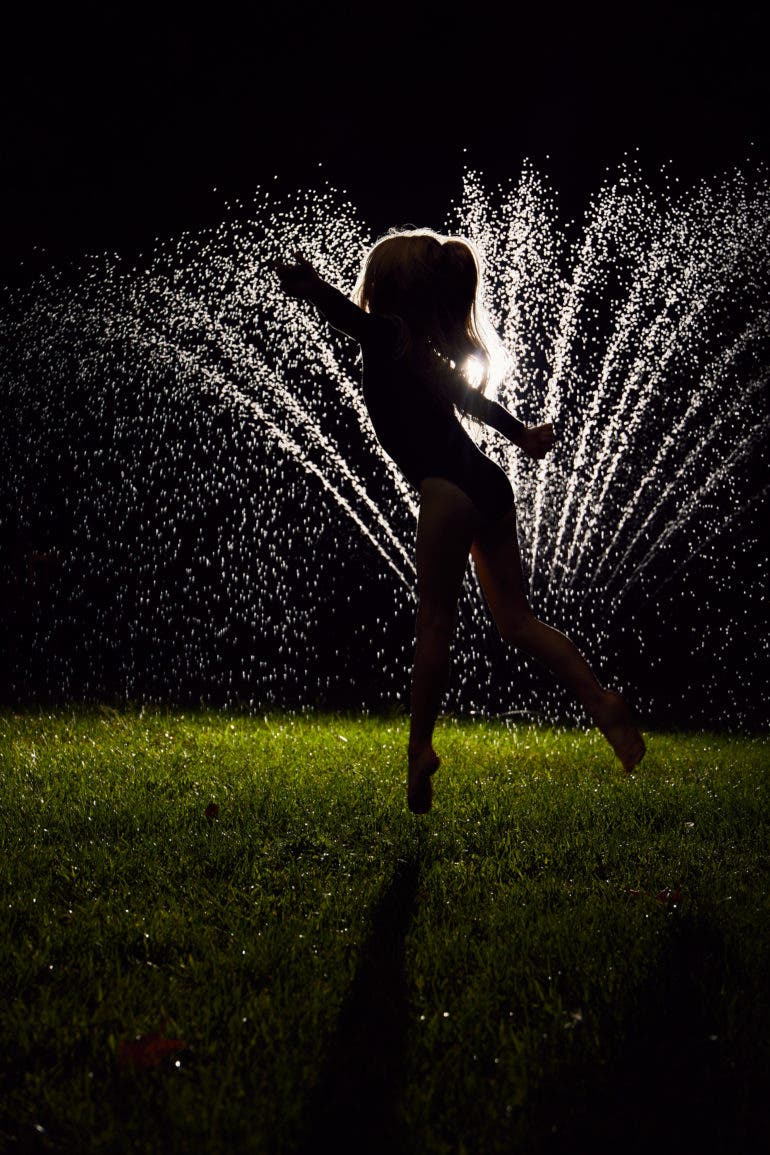
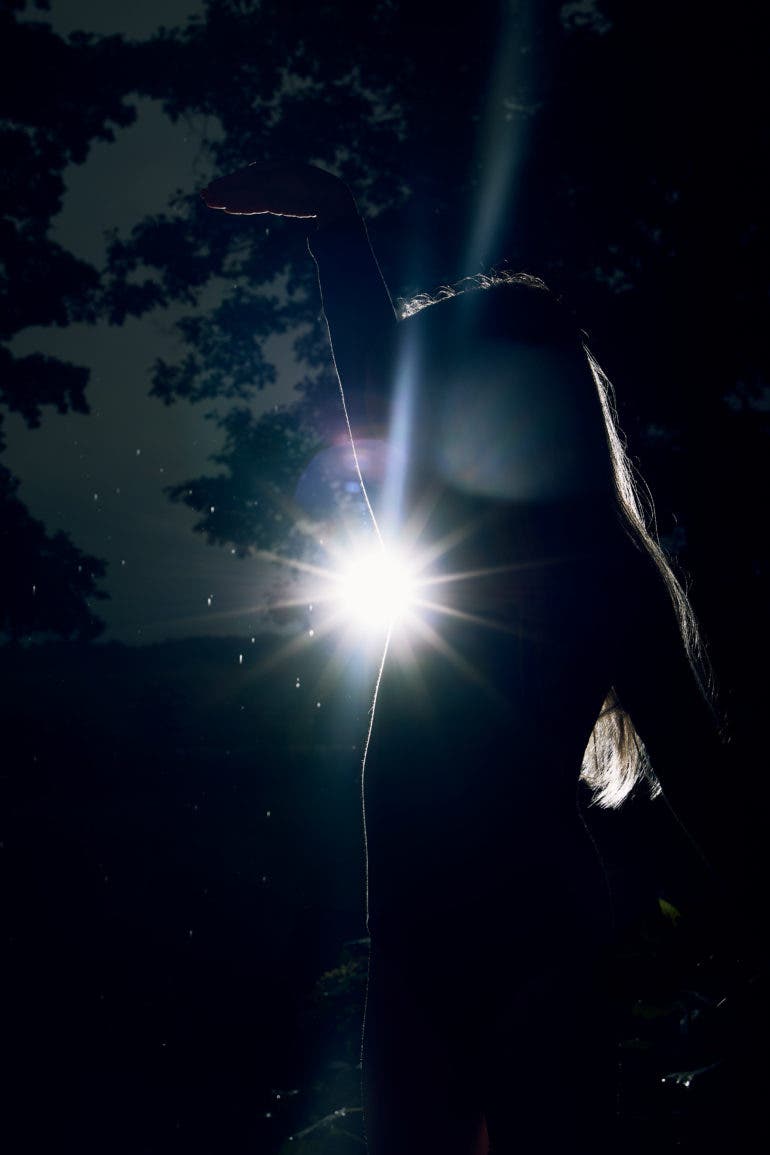
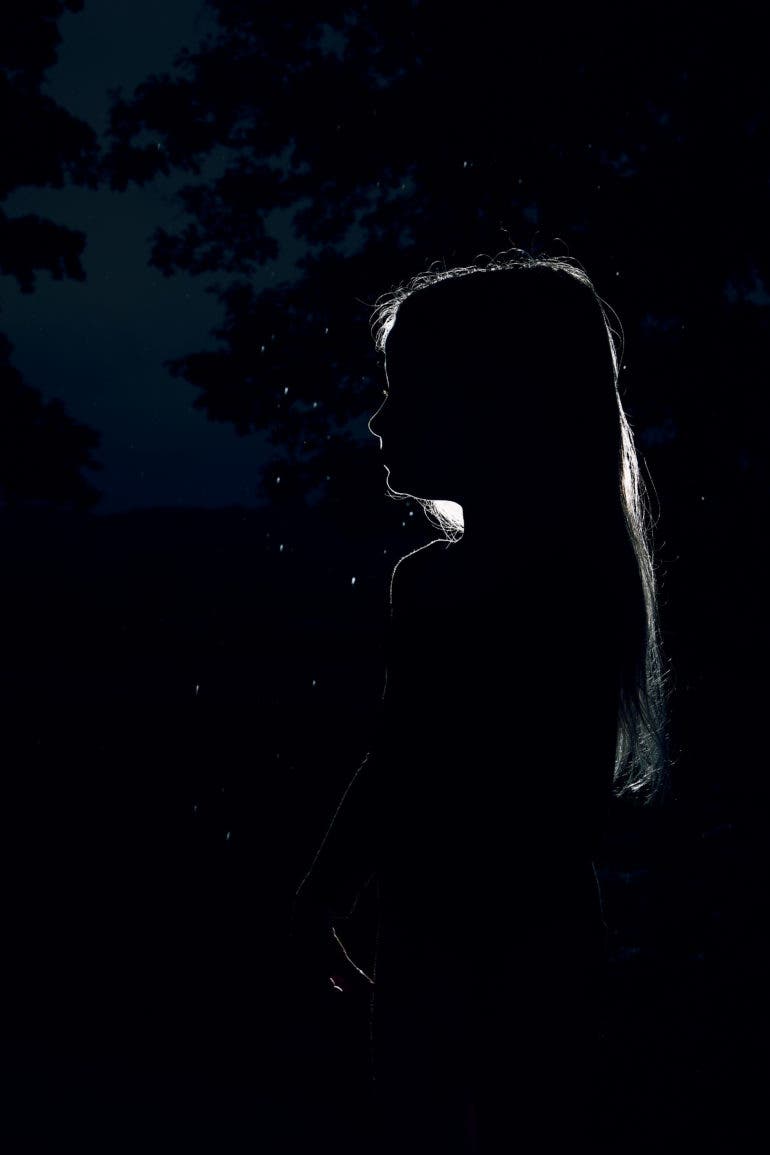





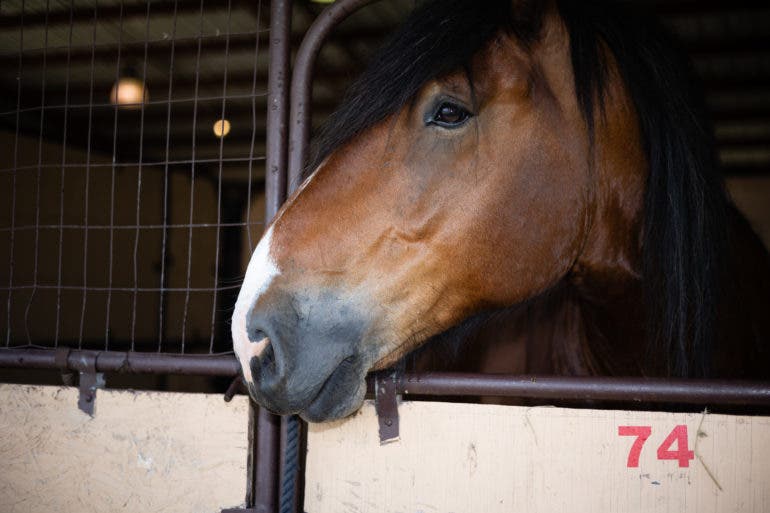
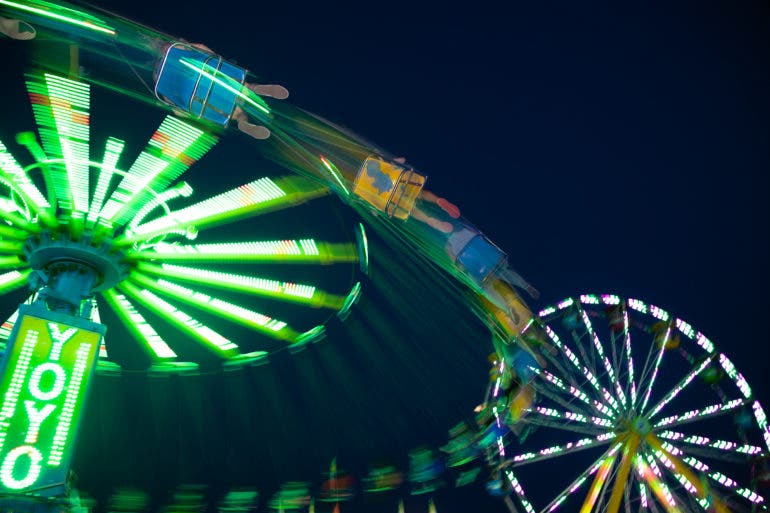
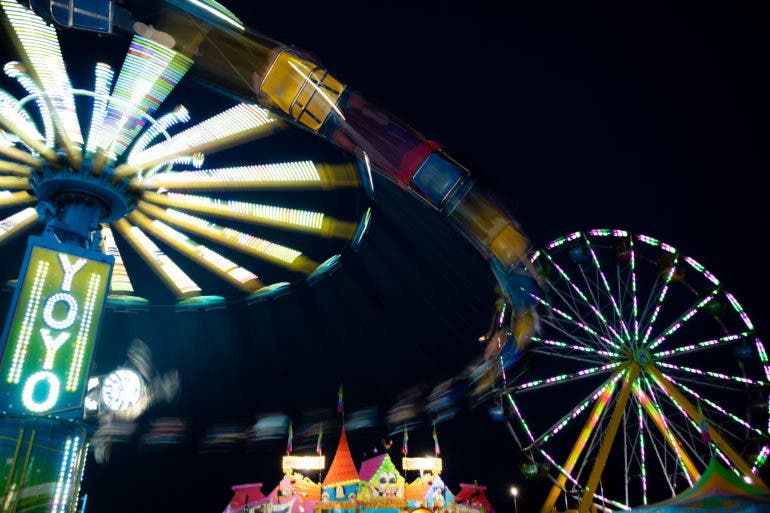

Unedited
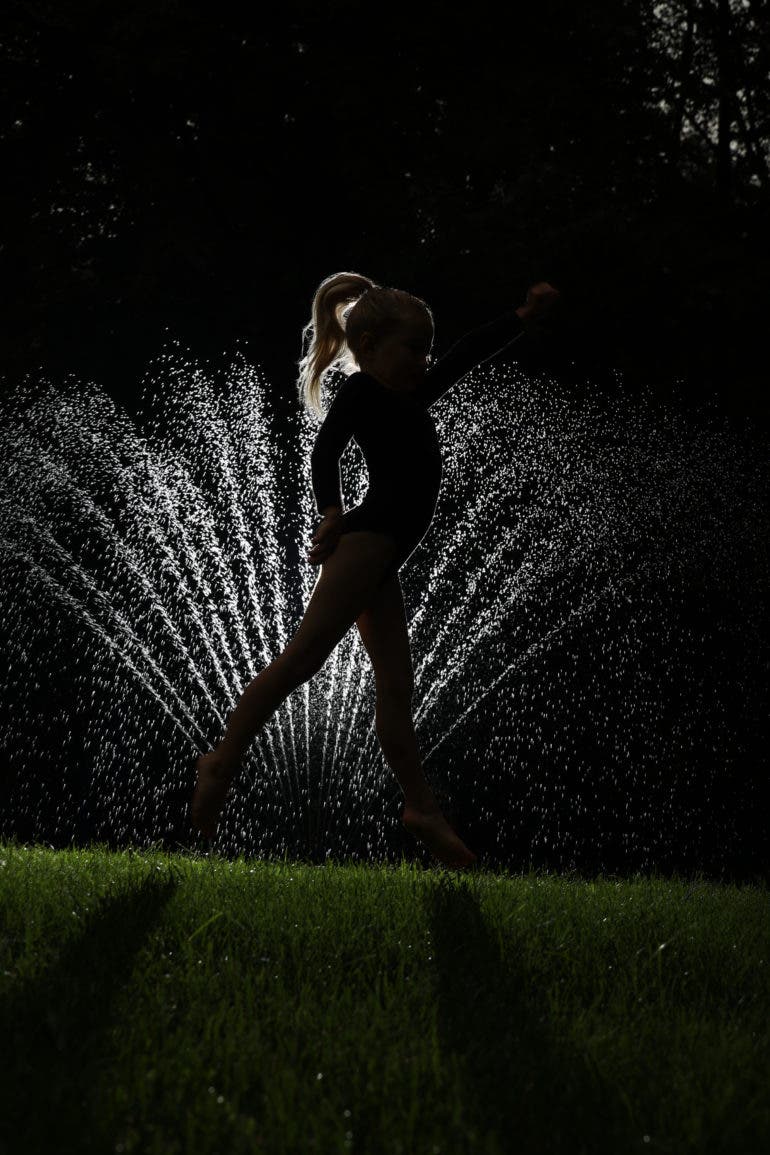
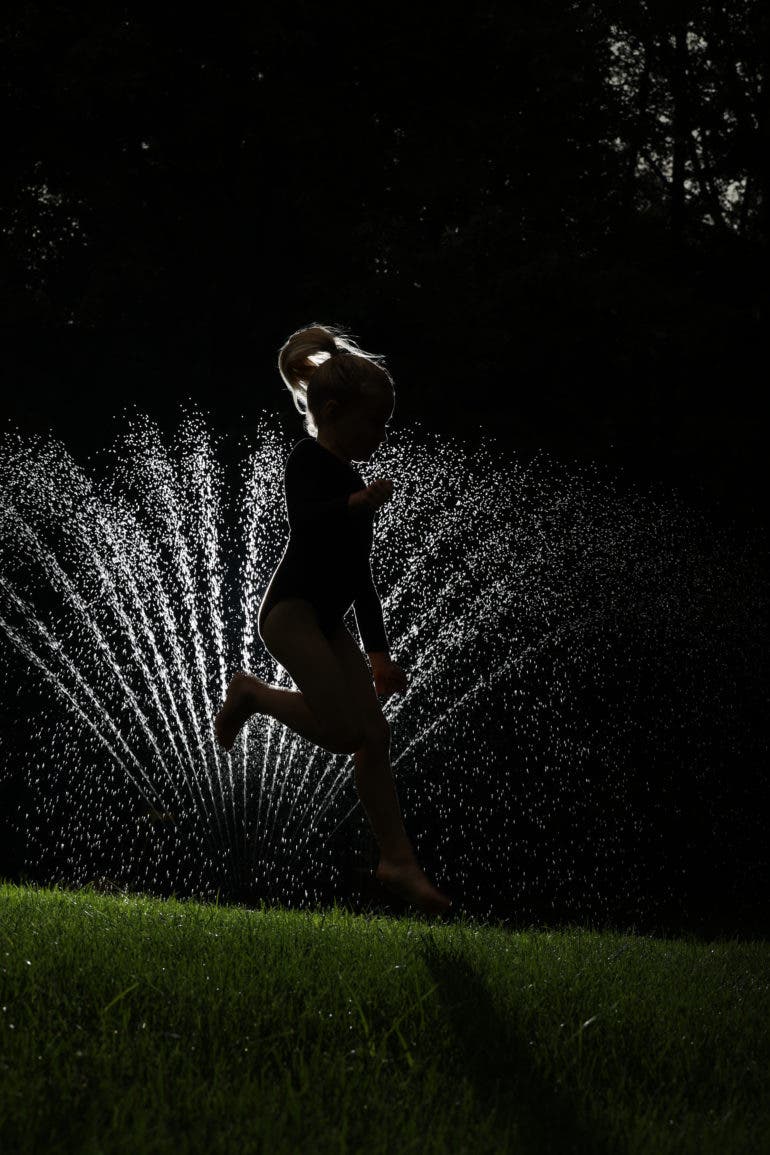
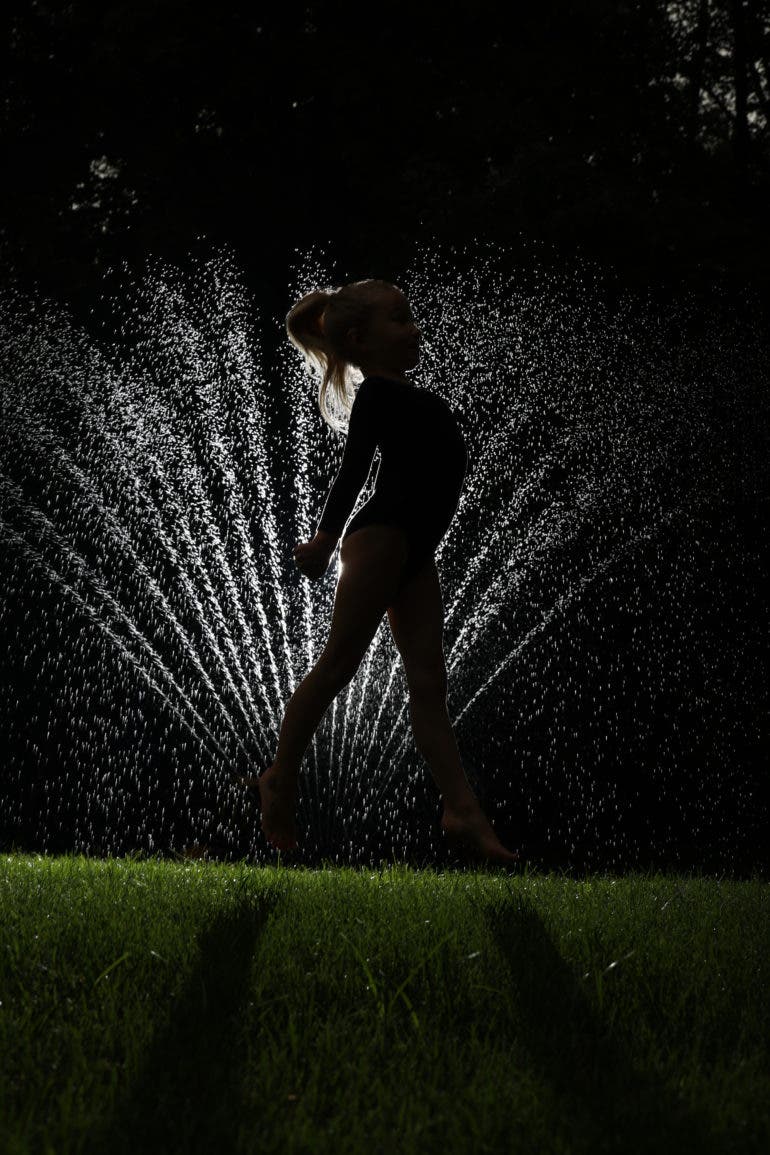



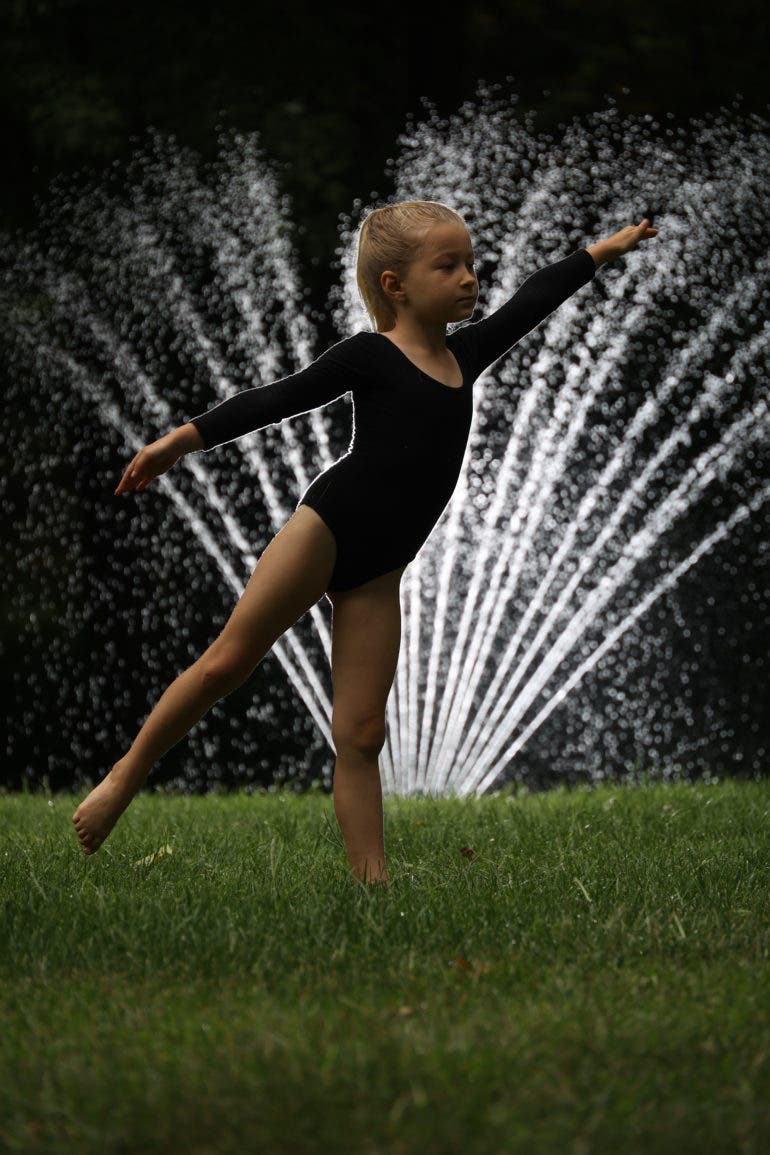

Conclusions
Likes
- I love the mix of power and versatility, including the low power options and high-speed sync.
- Photographers can easily backlight rain with the weather-sealing on this flash.
- The interface is easy to use and the joystick is great.
- It’s powerful enough to turn day to night on an overcast day.
- I wish I had two to test out — wireless is built-in.
- There’s a cooling system built in and recycling time is a respectable .9 seconds at full power.
Dislikes
- The price is quite steep.
- This flash is oversized, doesn’t fit every flash modifier, and makes the camera feel much heavier.

The Canon Speedlite EL-1 ultimately leaves me with the same thoughts as I had after testing the EOS R6. It’s oversized and pricey, but it’s hard to beat the performance.
The EL-1 has a wide range of power settings that are near impossible to find in a hot shoe flash. At the same time, it’s strong enough to make noon on a cloudy day look like night (mixed with the right exposure settings, of course). Then add in features that you’d expect from a flagship flash like high-speed sync and built-in wireless. On top of all that, you can take this flash in the rain — which is huge, because backlighting looks amazing in the rain.
As impressive as the Speedlite EL-1 is, it’s very large. It’s not going to fit into every mount for modifiers and it’s going to add some heft when used on-camera. At $1,099, it’s also quite expensive. That’s more than $400 more than Nikon’s flagship — which only goes down to 1/256 and lacks weather-sealing. At that price, there are a few good strobes to choose from, if you don’t need the light both on camera and off.

I’m giving the Canon Speedlite EL-1 four out of five stars. Want one? You can find them for about $1,099.